Across the United States, many municipalities enact breed-specific legislation (BSL), banning or restricting ownership of certain dog breeds believed to pose a higher risk to public safety. Over 700 U.S. cities enforce such rules. Here are ten commonly restricted breeds, along with where and why restrictions apply.
Pit Bull Terrier
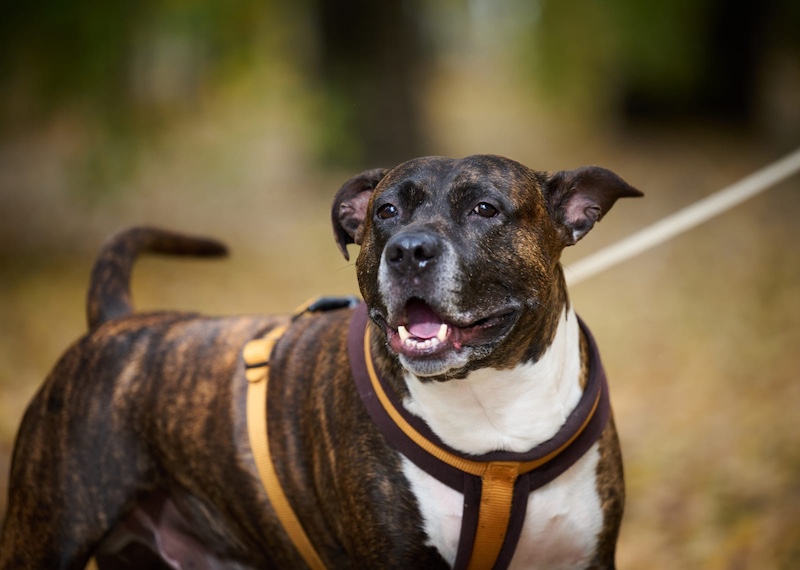
Pit bulls are the most heavily regulated dogs in the U.S. due to perceptions of aggression and bite risk. They’re the central focus of most BSL.
- Why restricted: According to the ASPCA, pit bulls are targeted in 96% of all breed-specific ordinances.
- Where: Cities like Miami-Dade (until 2023) and Denver (until 2020) enforced bans. Denver now requires special licensing.
Rottweiler
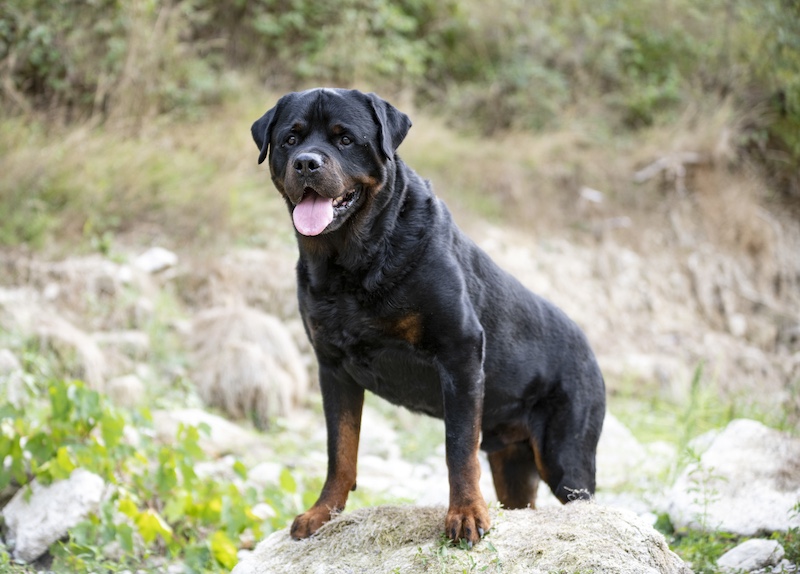
This muscular, protective breed is often seen as a risk due to its guarding instincts and bite strength.
- Why restricted: PetPlace reports Rottweilers are included in 13% of BSL ordinances nationwide.
- Where: Restricted alongside pit bulls in Denver, and in cities across Florida and Alabama, according to World Population Review.
Doberman Pinscher
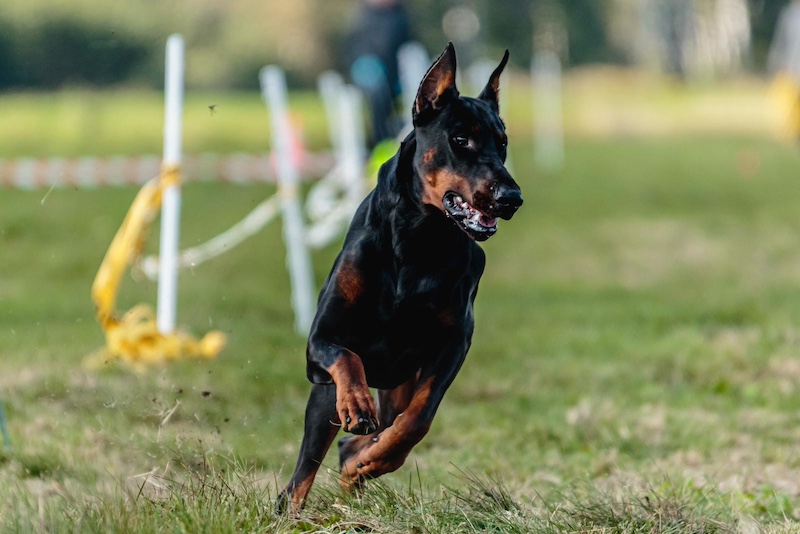
Dobermans are often stereotyped as aggressive guard dogs despite many being well-socialized and family-friendly.
- Why restricted: According to the National Canine Research Council, Dobermans appear in 11% of BSL regulations.
- Where: Restricted in Alabama, Tennessee, and banned under NYC Housing Authority rules.
Akita
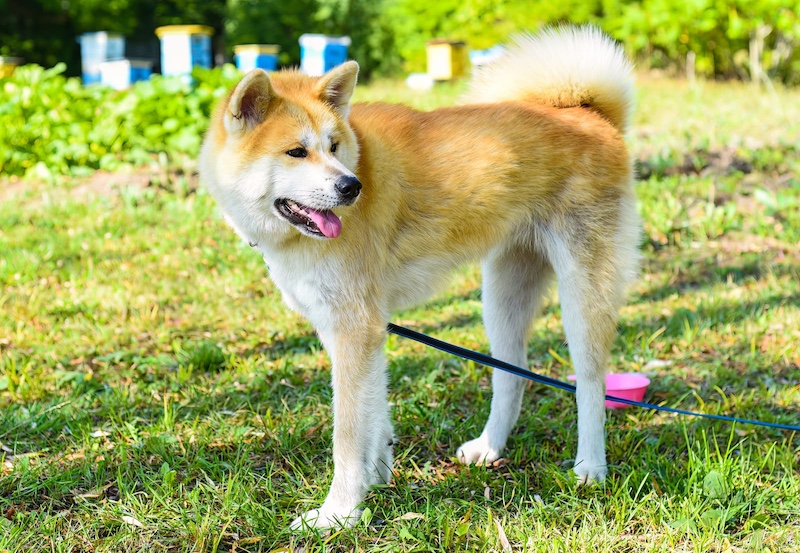
Akitas are large and strong, with protective temperaments that some jurisdictions see as dangerous without proper training.
- Why restricted: Some municipalities classify them as high-risk based on size and aggression potential, according to Axios.
- Where: Banned or restricted in several Washington State cities under BSL enforcement, per NAIC reports.
Fila Brasileiro
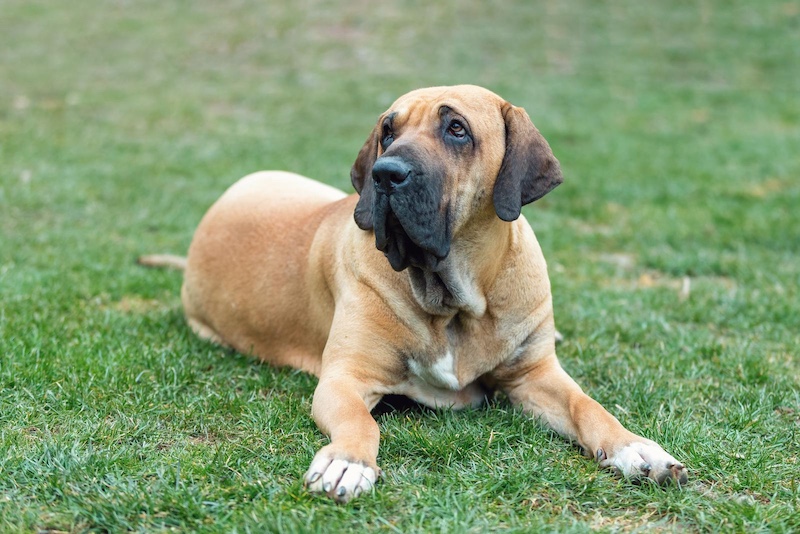
This imposing South American breed is known for its fierce guarding nature and distrust of strangers, making it a frequent target of BSL.
- Why restricted: Considered dangerously aggressive by some jurisdictions, according to World Population Review and AnimalLaw.info.
- Where: Banned in some U.S. cities and military housing; also prohibited in the U.K., Australia, and New Zealand.
Bull Terrier
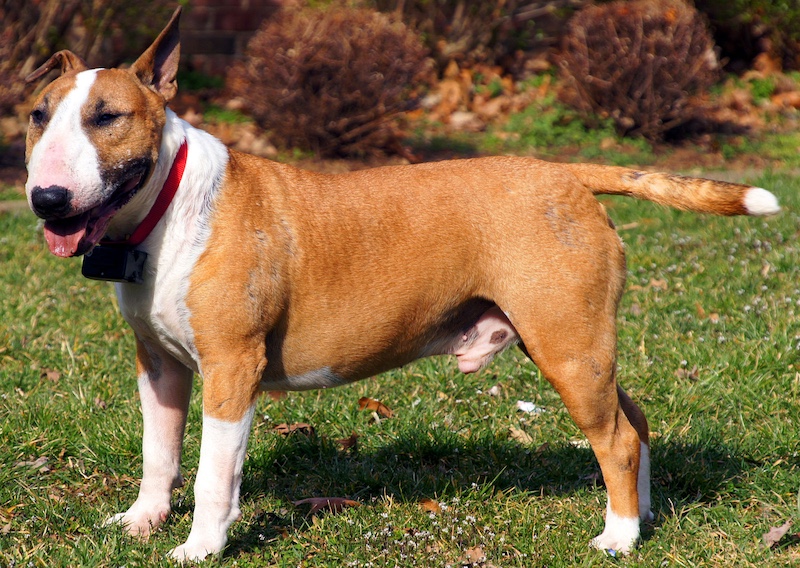
Often mistaken for pit bulls, Bull Terriers are also pulled into legislation based on appearance and perceived aggression.
- Why restricted: According to Best Friends Animal Society, Bull Terriers are often grouped with pit bulls in BSL ordinances.
- Where: Explicitly restricted in some Washington and Michigan cities, as reported by AnimalLaw.info.
Cane Corso and Other Large Mastiffs
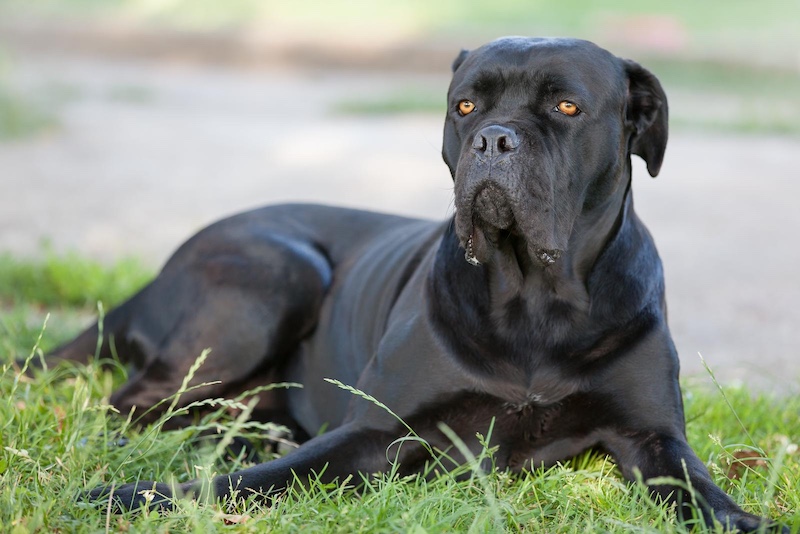
Large mastiff-type dogs, like Cane Corsos, Presa Canarios, and Dogue de Bordeauxs., are frequently grouped together in BSL due to their strength and size.
- Why restricted: World Population Review notes these breeds are often flagged as high-risk by local lawmakers.
- Where: Cities in Washington, Michigan, and Nebraska include them in local breed bans, according to DogsBite.org.
Chow Chow
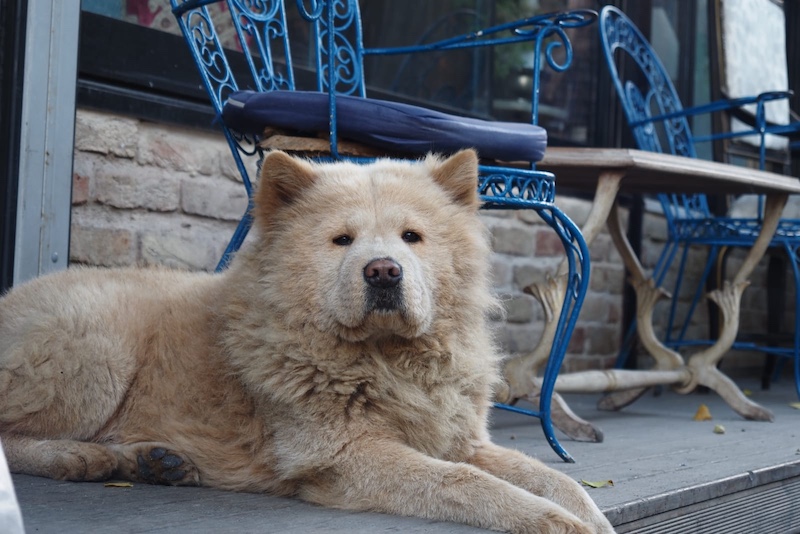
Known for loyalty and independence, Chow Chows have a reputation for being unpredictable around strangers, raising liability concerns.
- Why restricted: Some municipalities include them in dangerous dog laws due to reported aggression cases, according to A-Z Animals.
- Where: Restricted in several towns across Michigan, Missouri, and the Midwest.
German Shepherd
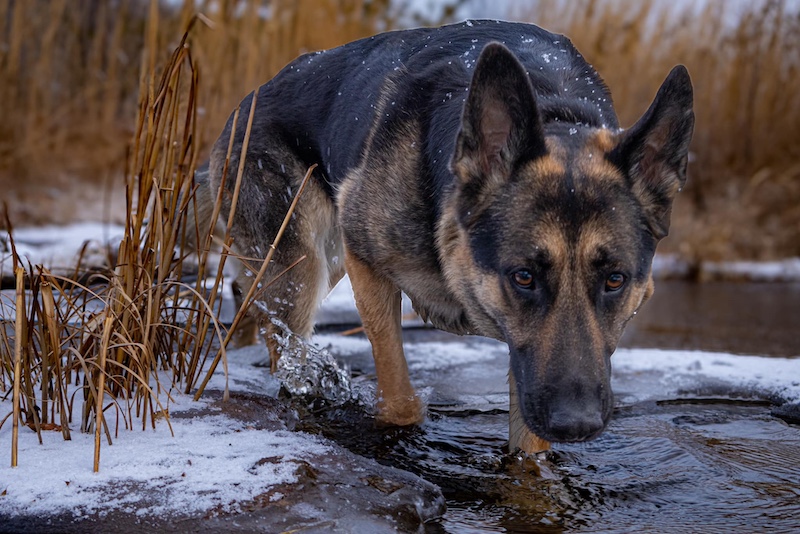
Often used in police and military work, German Shepherds are sometimes banned due to their guarding instincts and strength.
- Why restricted: Occasionally labeled as “dangerous” by breed-specific laws, especially in multi-breed ordinances.
- Where: Included in some city- and county-level restrictions alongside Dobermans and Rottweilers.
Alaskan Malamute / Husky
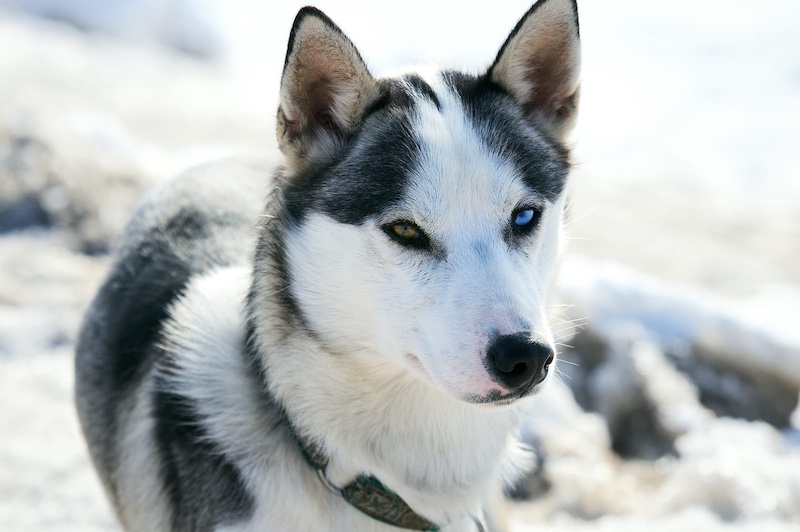
Despite their popularity, these northern breeds face restrictions due to their size, strength, and escape potential.
- Why restricted: Municipalities occasionally group them with other large breeds seen as difficult to manage.
- Where: Restricted in towns across Michigan, Missouri, and Nebraska, often alongside German Shepherds and Akitas.
- Please Note: This content was created with the assistance of AI and thoroughly edited by a human before publishing.

